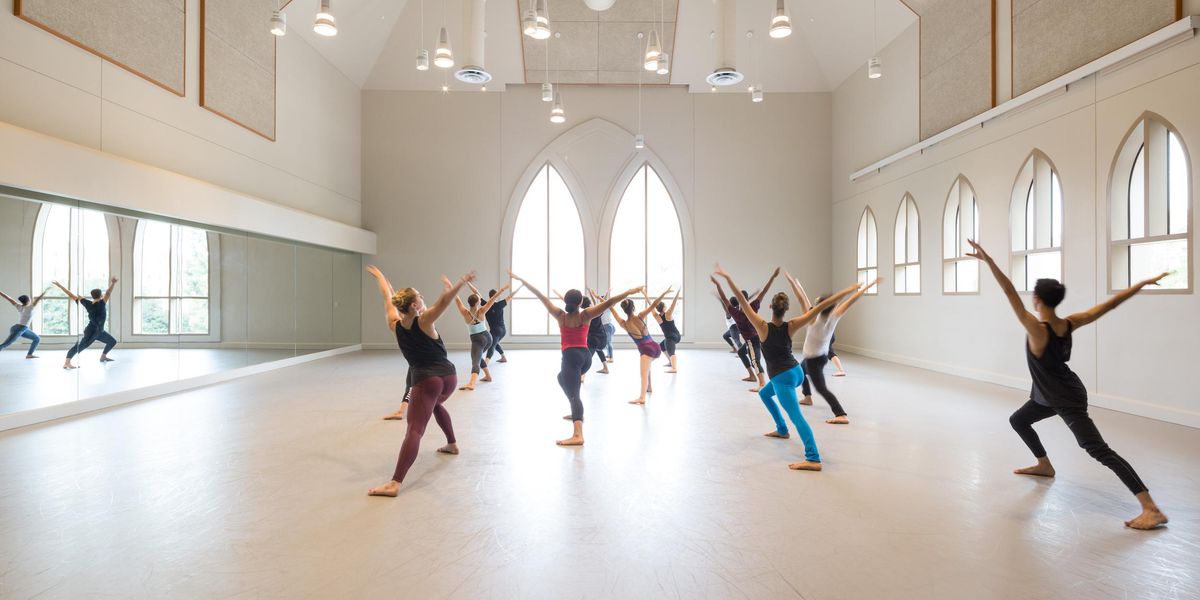Why I Dance: Elena Lobsanova
Vulnerable yet driven in her passion, Elena Lobsanova made a heartbreaking Juliet in Alexei Ratmansky’s new
Romeo and Juliet for National Ballet of Canada last fall. She and her Romeo, Guillaume Côté, gave a lustrous performance; the two reached a peak of romantic tragedy. Trained at National Ballet of Canada School, Russian-born Lobsanova joined the company in 2005. In 2009 she won the Erik Bruhn Prize and was promoted to second soloist that year. She has danced lead roles in works by Wayne McGregor, Jorma Elo, John Neumeier, Balanchine, and Robbins. Last year she was promoted to first soloist.
A complete exposure of one’s soul—this is what happens onstage when everything comes together and it’s why I dance. Dance is a pure art form with a limitless capacity for expression beyond words.
Dance is like a complex puzzle that requires much effort to solve. But once you do, the contrasting simplicity and elegance of the solution can leave you astonished. During performances of Romeo and Juliet, for example, there were many different pieces that needed to fit together in order to create the whole. I spent a lot of time in the studio learning the choreography from Alexei and then layering Juliet’s emotions onto it, such as her innocence, passion and, above all, love for Romeo. My Romeo, Guillaume Côté, and I had to not only work out the technicalities of the choreography but had to also speak to the audience, making them believe that we were falling in love. But once this huge foundation was laid, I just lived the story. I think this is when dance makes the biggest impact. When all those elements come together, the result is a beautiful language that elicits a powerful response, with a vocabulary of steps that is its own iambic pentameter, verse or prose—and each dancer a different accent.
Dancing is not the same as performing; the latter seems somehow false and staged and for those who simply seek to entertain. That is the opposite of what I try to achieve through dance. Dance requires spontaneity.
Of course, as in any live art form, many things can go wrong. But these can often facilitate the best results. There are so many complexities that accumulate from the logistics of live art that the end result is deepened through the process of resolving them. Of course, ballet itself is enormously difficult—which is a gross understatement. In a show, your shoe ribbon can come undone or your partner’s sleeve can get caught in your tutu, but you must keep going and focus on telling the story. On the stage, you learn to live in the present, to be honest, to bare your soul to an audience. So, one of the hardest things to do off the stage becomes not only natural but absolutely necessary in order to share something profound. As Tolstoy wrote, “Happiness is only real when shared.”
When I was young, I was immersed in the rigors of class and rehearsal at the National Ballet of Canada School. I respected the almost military-like routine as a sort of religious prayer or mantra. Many people believe in yoga as a means to warm up their bodies or “spiritual vessels” in order to fully harness spiritual enlightenment during prayer. I liken this to a dancer’s daily routine. Of course, dancers need to warm up their bodies to avoid injury and propel a day of successful rehearsals, but it is more than that. Only when you respect the physical can you then respect the spiritual, and dancing allows me to express the capacity beyond the physical.
Elena Lobsanova in Ratmansky’s
Romeo and Juliet. Photo by Christopher Wahl, Courtesy NBC.




